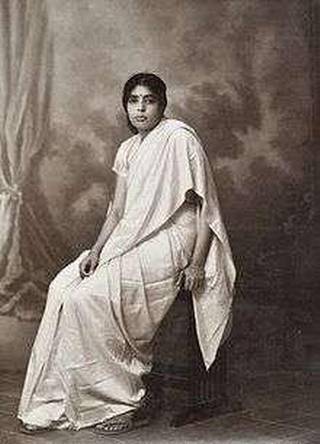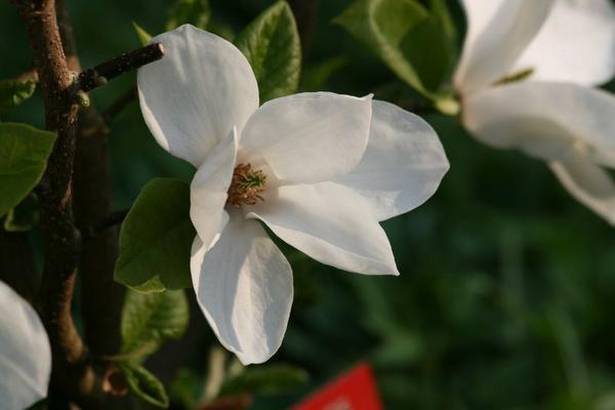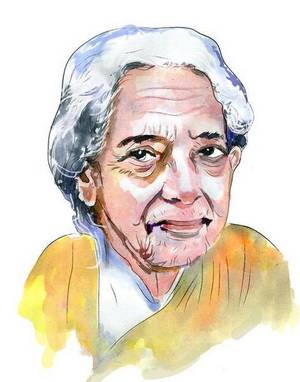The first Indian woman botanist, E K Janaki Ammal, ought to be more widely known for her huge contributions to science. But she remains unknown within the country and outside academic circles and even our textbooks have failed to teach our children about her glorious scientific history
: Just a fortnight before the International Women’s Day, the John Innes Centre in Norfolk, UK, announced a new scholarship for post-graduate students from developing countries in honour of an Indian woman botanist. Under the scheme, 88 applicants who wish to study plant and microbial sciences can apply in commemoration of the distinguished work and contributions of Dr.E.K.Janaki Ammal who was an international alumni of the leading research and training centre between 1940 and 1945.
A heart warming gesture from an institution abroad, but may be India should have done something similar for the country’s first home grown woman scientist, who went overseas and returned accomplished breaking every caste and gender barrier through her work.
Just take a moment to think where we would be without the inventions of this brilliant mind.

After laborious crossbreedings in the laboratory of Sugarcane Breeding Institute in Coimbatore in the 1930s, she created the indigenous variety of sweetened sugarcane that we consume today. Till then India was producing sugarcane in abundance and yet importing as they were not as sweet as the ones grown in the Far East.
During the World War II bombings in the 1940s, she continued her phenomenal research into chromosomes of thousands of species of flowering plants at the John Innes Horticultural Institute, Norfolk, where she worked with some of the best names in cytology, genetics and botany . While working on the gorgeous Magnolia, she co-authored The Chromosome Atlas of Cultivated Plants with renowned biologist CD Darlington.
The magnolia saplings she planted on the Battleston Hill in Wisley continue to bloom every Spring and one of the pure white blooms is named after her, the Magnolia kobus Janaki Ammal and apparently only few nurseries in Europe have the variety today.
At a time when most Indian women did not even attend school, she received scholarship and obtained her MS from University of Michigan in 1925 and later returned as the first Indian Oriental Barbour Fellow. She remains one of the few Asian women to be conferred honorary doctorate (DSc. honoris causa) by her alma mater in 1931. There she discovered a new variety of brinjal that exhibited triploidy instead of the normal diploid, where there are two sets of chromosomes in the cells.

At the insistence of Prime Minister Jawaharlal Nehru, she returned to India in the 1950s and restructured the Botanical Society of India travelling to several remote areas of the country in search of the plant lore of the indigenous people and scouting for medicinal plants in her home State, Kerala.
A fascinating figure of the early 20th Century she was. E.K.Janaki Ammal lived a life which perhaps very few women of her time could dream of. The distinguished geneticist, cytologist, global plant geographer studied about ecology and biodiversity too and did not fear to take on the Government as an ardent environmental activist. She played an important role in the protests against the building of a hydro-power dam in Kerala’s Silent Valley in the 1970s. She made a mark with her paper on “Man’s Role in Changing the Face of the Earth” at an international symposium in Princeton in 1955 and two decades later, she was awarded the Padmashri in 1977.
With a profile like hers, Janaki Ammal never got into spotlight. If anything she fought her status as a single woman from a caste considered backward and problems with male mentorship in her field. But she proved through her work that Science knows no caste, gender or social boundaries.
Yet for her extraordinary journey from small town Thalassery to the finest institutions across the world, there is no archive related to her in India. Her papers are available only in hard copy at the Bodleian Library in Oxford, according to Vinita Damodaran, who teaches South Asian History at University of Sussex and has also published a well researched paper on “Gender, race and science in twentieth century India: E.K.Janaki Ammal and the history of science.”
Luckily, the Nikari series of talks held under the banner of ‘Manarkeni’, a Tamil research journal, brings to light the works of lesser known women in different fields. In the previous years, the focus was on women in literature and history. This year it chose science and brought the story of Janaki Ammal to the fore.
The talk delivered by S Krishnaswamy, former professor at the School of Biotechnology, Madurai Kamaraj University, highlighted various stages of Janaki’s career both in India and overseas. “Her career shows that scientists must speak their mind with social consciousness even if it means going against the policies of the government. In today’s context, it becomes necessary to bring achievers like her to the forefront,” he asserts.
Janaki Ammal must have conquered her fears and broke the glass ceiling for a rewarding career in science. “She wanted to be known only through her work. Let her work be known to all successive generations, who have much better opportunities” says Krishnaswamy.
An inspiring role model, Janaki Ammal passed away in 1984 at the age of 87 at Maduravoyal near Chennai, while working in the field laboratory of the Centre for Advanced Study in Botany, Univerity of Madras. She perhaps did not receive the acclaim she deserved but devoted herself to research, opening up a universe of possibilities. Let our children not be bereft of that knowledge. It is worth knowing and remembering leaders in science like Janaki Ammal.
source: http://www.thehindu.com / The Hindu / Home> Society / by Soma Basu / Madurai – March 09th, 2018
